Student Blog
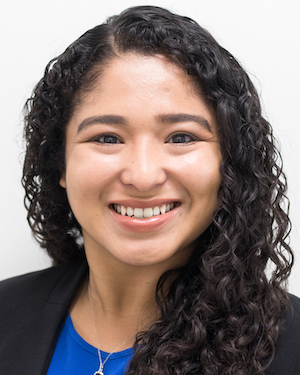
Don’t say yes, if you want to say no! ⟩
October 4, 2019, by Marilyn
Humans are innate social beings that thrive on reciprocity. Our internal nature often leads us to people pleasing, in order to not disrupt a potential bond professionally and personally. When we make the decision to provide a quick yes, instead of the difficult no we overcommit. Overcommitting often leads to a decrease in energy, time, overall health, and sometimes finances, so it is important to really evaluate the weight of the yes.
The need to please others comes from the feeling of “I want to make everyone happy and I want to make sure that everything is okay.” However, sometimes making others happy leads to one’s own unhappiness. The recognition of my own people pleasing tendencies and lack of saying no were revealed to me during my first semester of grad school. I began to take on colleagues work shifts, was engaging in late night roommate conflict mediations, supporting residents during moments of crisis and providing them with referrals, driving home every other weekend, studying late hours, working hard at my fieldwork placement and the list can go on. All to say, I ended up getting sick for a week. My body was telling me that I needed to slow down and take a breather. As I was lying in bed trying to pinpoint when I began to feel sick, what came to mind was the different times I was saying yes to others and inadvertently saying no to me (spiritually, mentally, physically, and emotionally).
This week, I had conversations with mentors about the two lettered word: N-O. I wanted to learn about the strategies they developed over the years professionally and personally, in order to share it with you!
1. Opportunity Cost
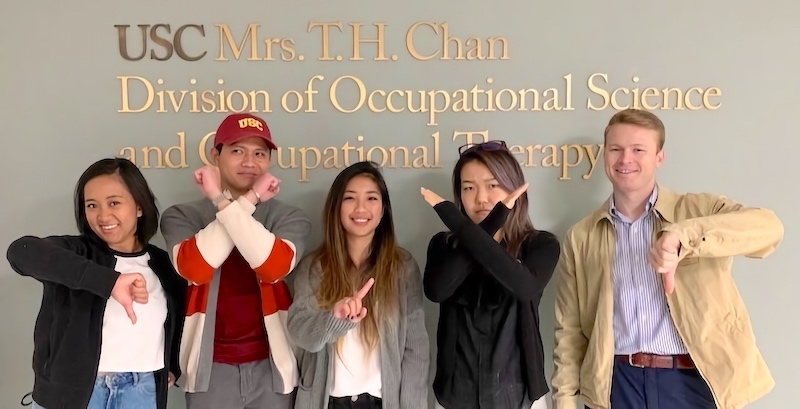
MA-I students (Macy Peralta, Mike Pacifico, and Japeth and MA-II students (Kaho Ishizuki and Kevin Urhik) expressing visually how they say no internally.
When making decisions there typically is an opportunity cost. Will I go to the movies this evening versus spending that time at home completing school tasks? Will staying up till 3am to study be effective or should I get some more time for sleep? Should I apply to this educational program when I need to make ends meet at home financially? These questions become overwhelming overtime, so it is important to be able to evaluate the opportunity cost. In the end it is important to understand that opportunities will continue to arise regardless of the one no you decided to say. Being able to weigh the pros and cons can provide you with clarity to move forward with one semi-solid decision, even when the unknown outcome seems daunting.
2. Be Intentional
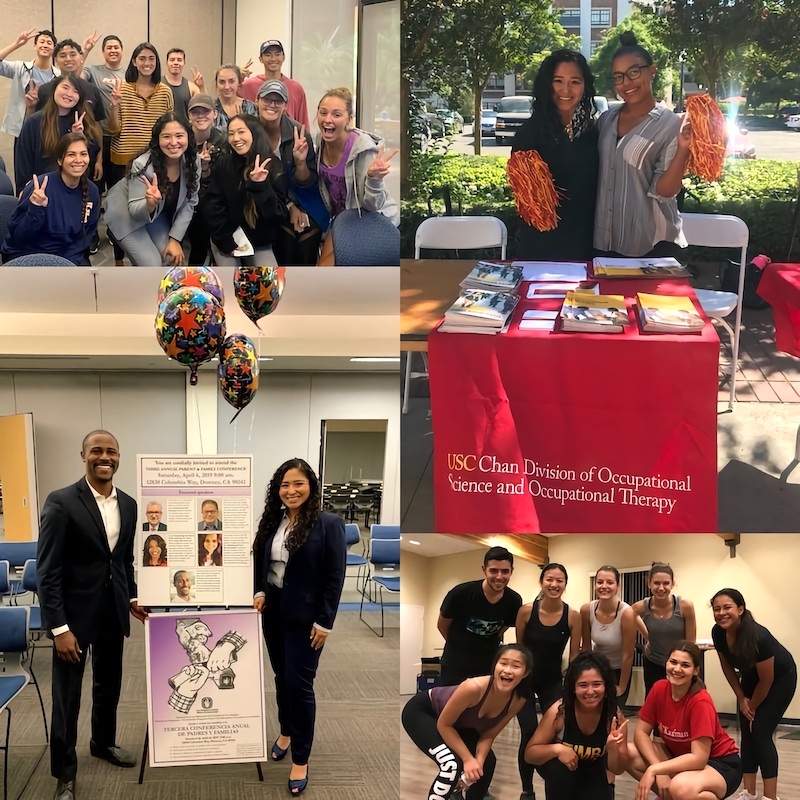
Top Left: CSUF Kinesiology Student Association presentation Bottom Left: Twinspire Non-profit organization presentation for parents and families Top Right: Student Ambassadors tabling at the Black and Latinx Symposium Bottom Right: Former housing residents and I after the zumba class I instructed
There is a difference in saying no just because you don’t feel like it versus being intentional and strategic about your motives. This strategy is one that I find that helps me out the most when determining my intentions behind saying yes or no to an opportunity. Depending on the urgency in response time provided to me, I try to give myself at least 24hrs before I say yes or no. By giving myself time to process my answer, I can begin to evaluate if it is manageable to say yes. Choosing to invest most into the things that I am passionate about and being intentional with not overcommitting myself will help both parties involved.
3. Being Transparent
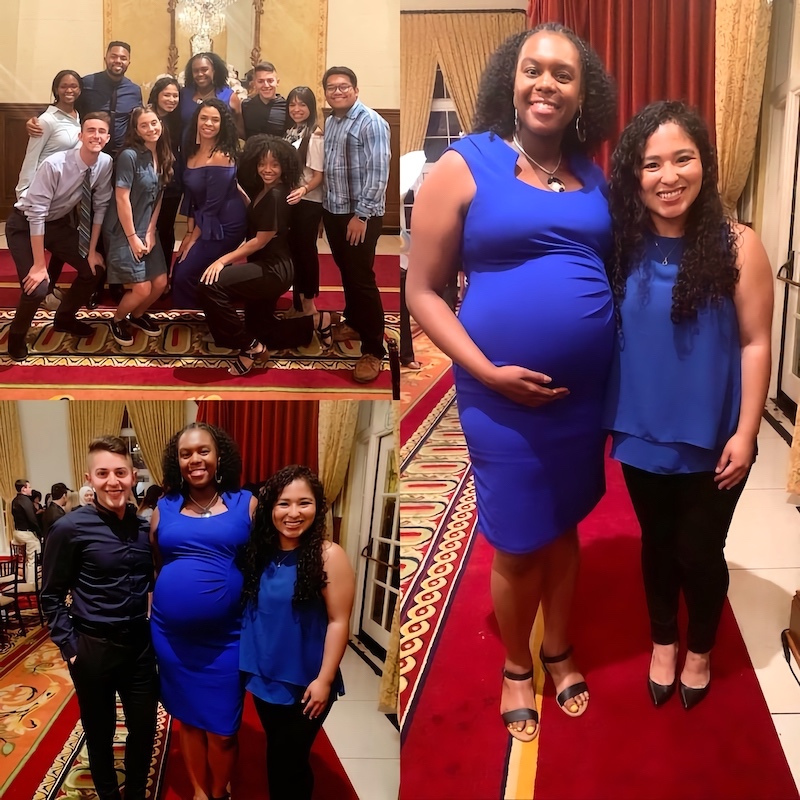
Residential Education End of Year Banquet. Top Left: Graduate & Family Housing East staff Bottom Left: Residential Community Coordinator Jasmine King and former Graduate Residential Community Coordinator JC Berber Right: Jasmine King (Queen of professional development/supervisor)
Honesty is the best policy, even when it regards saying no. I remember being asked if I was reapplying for the RA position in residential housing for my second year of grad school. It was challenging for me to say no because I had learned tremendously from my supervisor both professionally and personally. However, I knew that my second year of grad school would be a busy year with deciding to move back home, being selected as a student ambassador, looking for potential post-grad job opportunities, and beginning to apply to occupational therapy doctoral programs. I decide to be transparent with my supervisor about my workload for my second year and I left the conversation beyond encouraged. She was understanding of the new responsibilities I had taken on and she reminded me that I would be more than fine regardless of the outcome. She taught me about the importance of reframing the no into a yes, “I am unable to take this on because I need to take care of my spiritual, mental, emotional, and physical health.” Many times situations seem worse because you react and frame it as a negative thought, “I am a horrible person for saying no” “I can’t let her down.” In reality, if we just tried being more honest about our thoughts and how we are feeling the reframing would be useful. The reframing of “no I unable to serve in this capacity” is often the YES we need for ourselves to protect our wellbeing.
4. Accepting the “No’s” you will receive
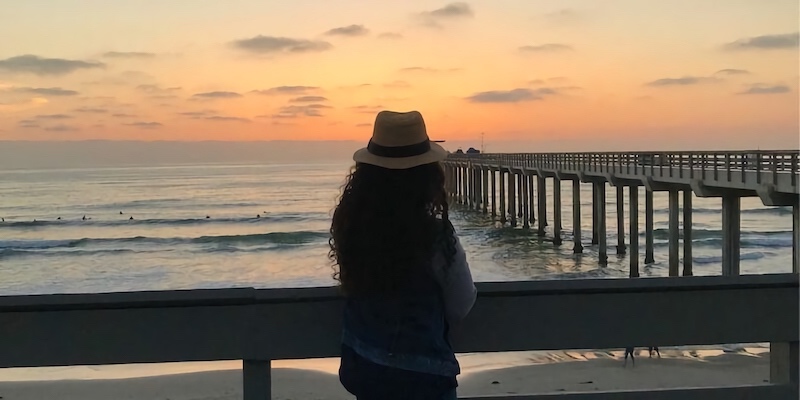
Took a trip to La Jolla Beach in San Diego after receiving some rejections from job offers
Saying no is a two-way street. As we begin to learn how to say no to others, it is equally important to be understanding when someone tells you NO. This past week OTD applications were submitted and interviews will commence soon. As I reflect on my decision to apply to the OTD program, I recognize that I am saying yes “I am ready to start this next chapter professionally”. However, there is a possibility in receiving a no from potential residency sites that I am interested in. That “no” may initially feel as rejection, but in reality it is possible that the no is necessary for a new opportunity to arise. Stepping back and regaining perspective after a no is important. No’s will continue to come whether that be in receiving a no from residency sites, no from future employers, no because it is not the right time yet, or no from someone in your personal life. In the end, it is about accepting the no in a respectful way, not taking it personally, and seeing it as a period of growth.
⋯
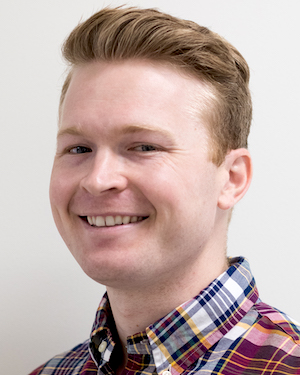
Puzzled ⟩
October 2, 2019, by Kevin
While in graduate school it’s more important than ever to take care of yourself and find something you love to do for relaxation or fun! Since I was 13 years old, that activity for me is making puzzles. Soon after discovering the Rubik’s Cube, I was hooked and wanted to make my own puzzles. While I started from humble beginnings sculpting each puzzle piece by hand, technological advances and support from the community of fellow puzzle enthusiasts brought me to 3D-printing my puzzle designs from home! Through this hobby, I made friends with people all over the world and collaborated on designs that have been brought to the mass market.
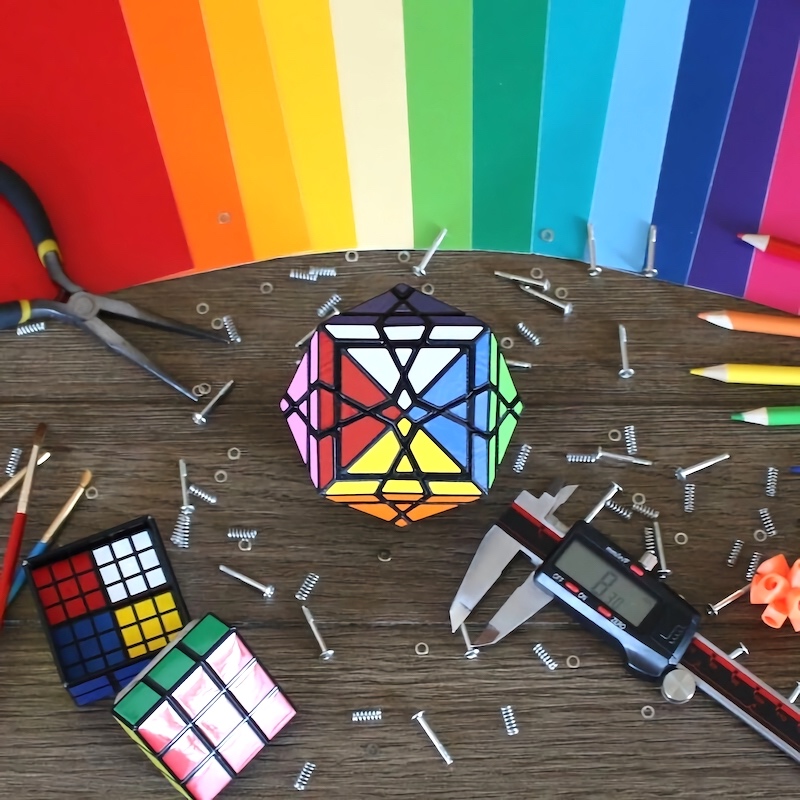
Puzzles give me the creative and stress-relieving outlet I need at the end of each day to calm my mind. While some people view Rubik’s Cube as headache inducing, for me there is nothing more peaceful than creating and solving puzzles. Along with providing a productive self-care activity, I have turned this hobby into a part-time job selling puzzles on Etsy and designing for puzzle manufactures.
This year, I challenged myself to create a new puzzle each week and so far I have met my goal and I am currently making my 40th design. Pictured below are some of my favorite designs from my puzzle-a-week challenge along with a picture of a 3D-design.



Within occupational therapy, I have used my puzzles to build rapport with clients and let them into my occupational world as they let me into theirs. Additionally, several of my less complex puzzles have been great for practicing fine motor and visual perception skills with kids!
As my puzzle-a-week challenge year comes to an end, I am shifting my focus to applying my love for 3D design and creation of complex mechanisms to the Mark and Semira Moshayedi Innovation Award competition. I am hoping to combine my love for creation with my passion for occupational therapy to create new ergonomic equipment! Look out for a blog in the future about the Moshayedi Innovation Award competition and the new Innovation Bootcamp!
⋯

Hike to Hollywood! ⟩
October 2, 2019, by Japeth
Hiking is one of the best ways to exercise while looking at a nice view of nature! However, hiking can also be a very tiring occupation since it demands a lot of effort as we move around. Hiking to the Hollywood sign is just one of the many touristy things that anyone can do while they’re visiting Los Angeles. Last September 21, my classmates and I did the Hollywood hike. It took us nearly 2 hours to get to the top! It was indeed a very exhausting hike since we had to endure the heat of the sun but on the positive side, we all enjoyed each other’s company. There were times when some of us would stop whenever we find a spot shaded by the trees and make it as a short break and take it as a time for some jokes and small talks.
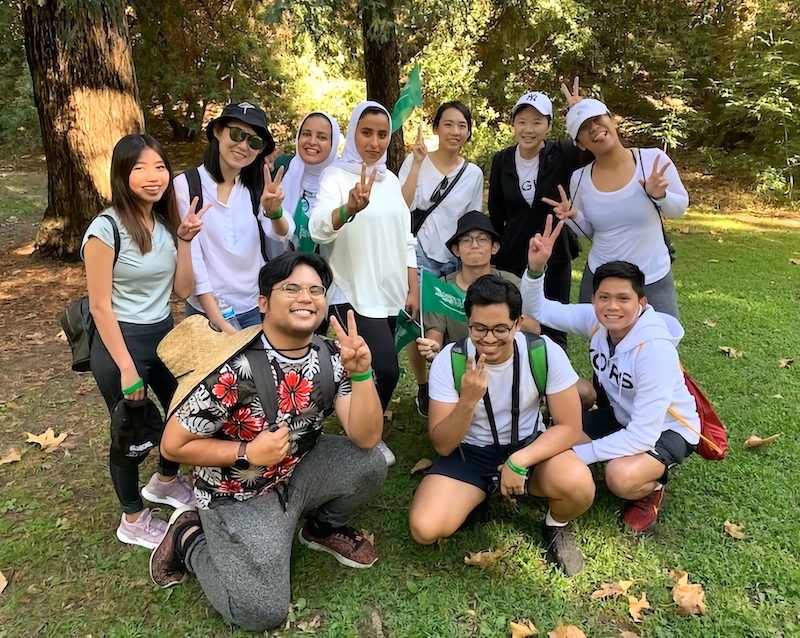
This is our pre-hike group photo! We all still look fresh here! LOL
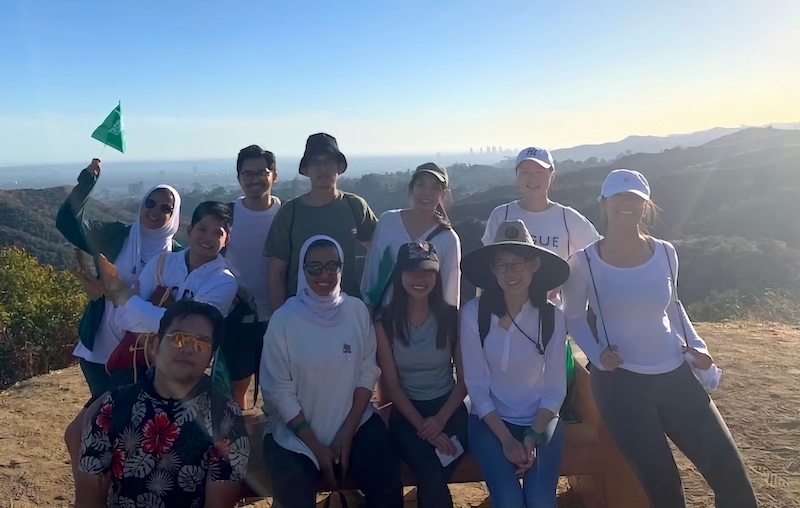
This was taken halfway to the top!! We all look kind of tired already but surely, we will not give up!! #FightOn!
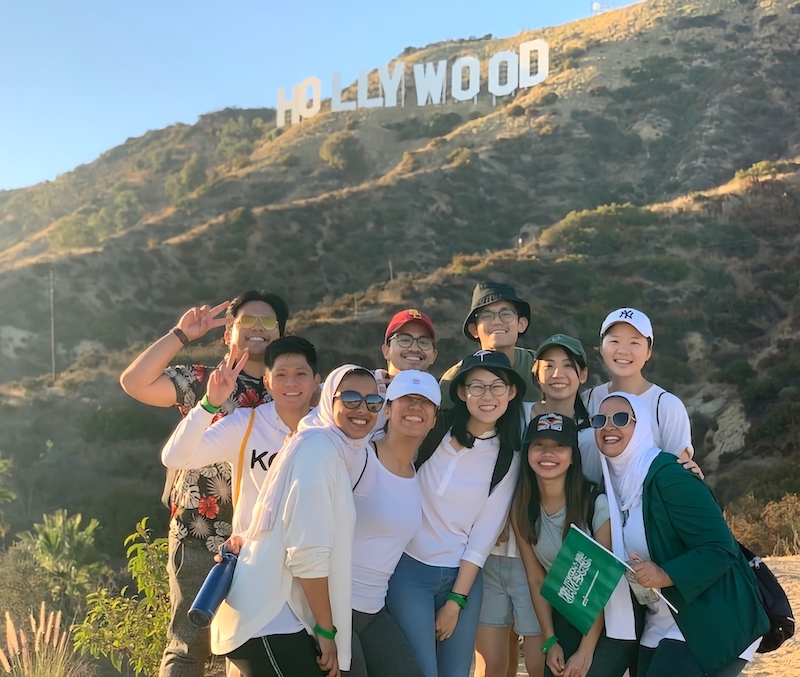
Finally at the top!! We look extra happy and fulfilled!
Hiking to the Hollywood sign on that day was actually our friends’ idea! Since our friends from Saudi Arabia were celebrating Saudi National Day and they were celebrating it by hiking, they were kind enough to invite us to join them. When we reached the top, we had some time to take selfies and pictures of each other. And needless to say, the view from the top was beautiful! We spent another hour at the top sitting and enjoying some Arabic Coffee, bread, and dates all the way from Saudi Arabia.
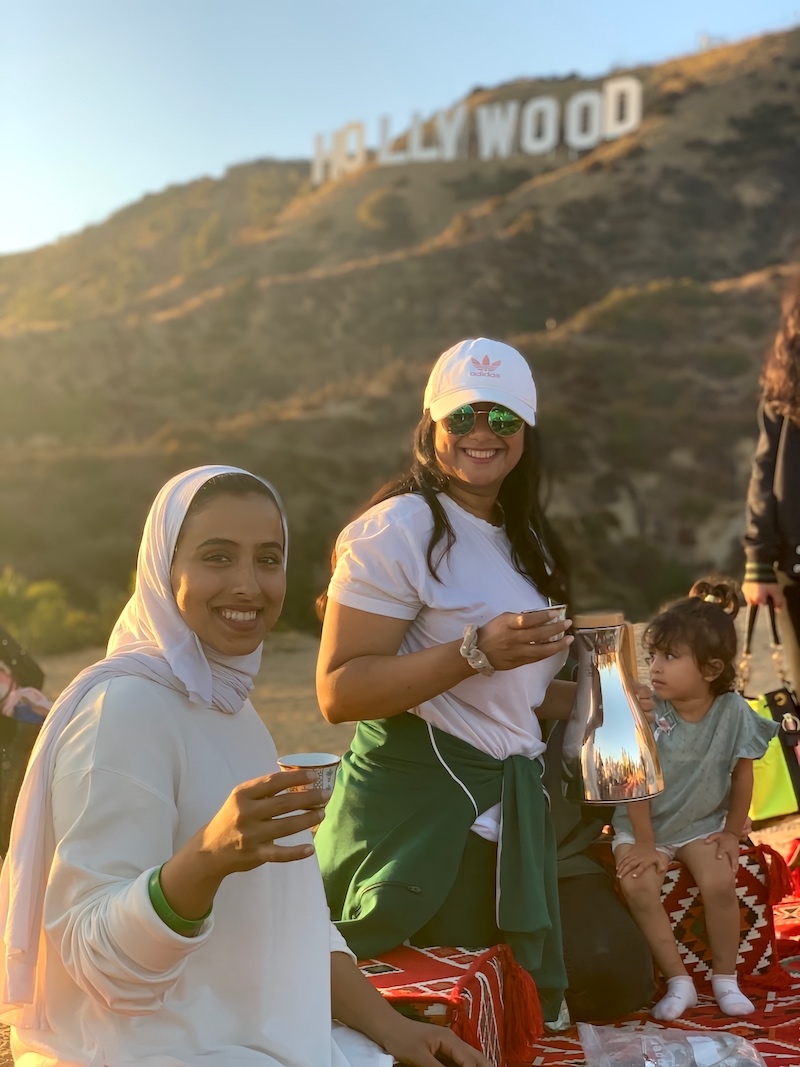
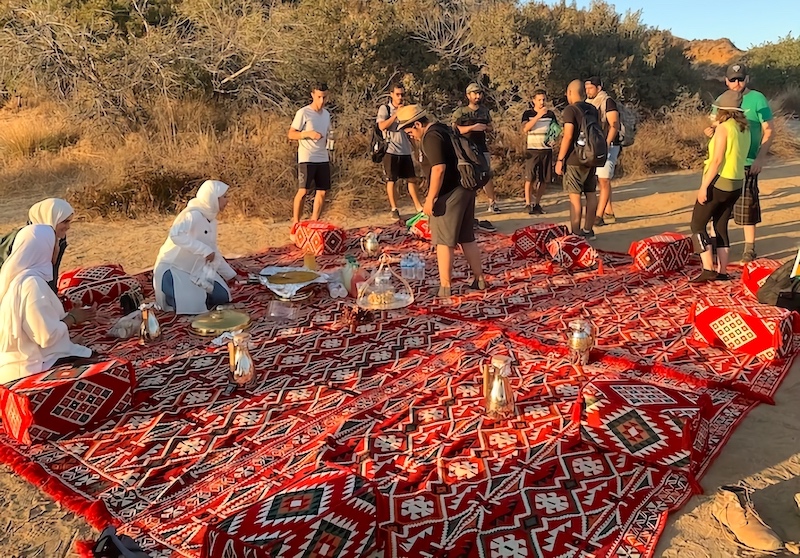
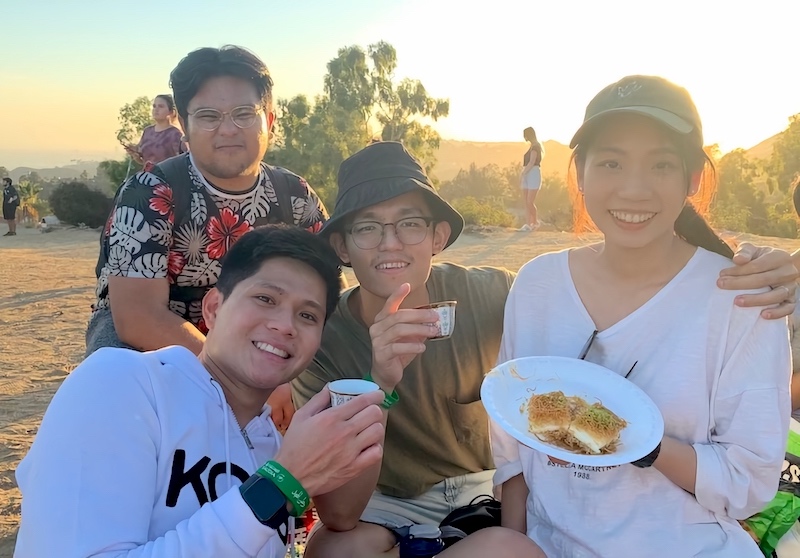
Filipinos and Taiwanese enjoying Arabic food: what a beautiful way to embrace culture and diversity!
Of course, who wouldn’t be amazed by the ever-beautiful LA sunset? Sunsets are always a good view to see after a long day. To me, it brings so much peace and calmness. Sunsets always remind me that after a long and tiring day, we can all take a break and rest, and shine again the next day.
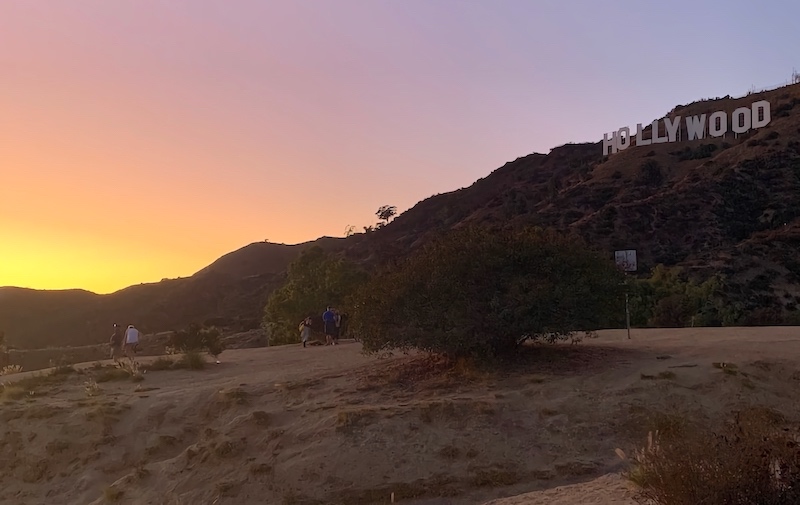
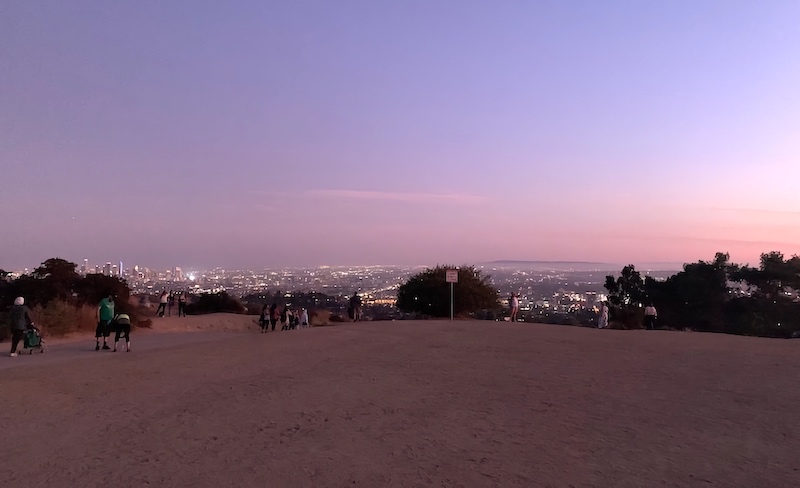
Los Angeles at night. Lovely as ever!
Until next time, fight on!
⋯
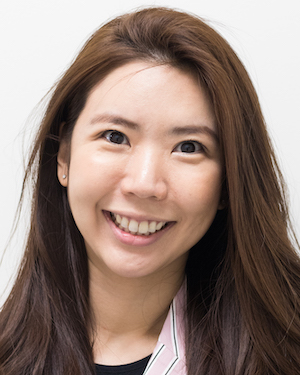
You’ve Submitted Your Application, Now What? ⟩
October 1, 2019, by Catherine
Congratulations to all who have submitted your OTD applications for the Chan residencies! You did it! I am happy and proud that you have decided to take the next step in your academic/professional journey. When I was in your position, applying for all the wonderful opportunities Chan has to offer, I had experienced anxieties about committing. More specially, I remember I was second guessing myself. Did I even know where I wanted to practice? What if I make the wrong choice and regret it? If this sounds familiar to you, I would like to share some strategies that helped me:
- Take a deep breath: Relax. The hardest part, taking that first step and leap of faith in yourself and capabilities is over. You got this.
- Reflect: Journaling, as you may all know, is a great way to organize your thoughts. Take some time to journal about why you came into OT in the first place. This will give you a visual aid in organizing your thoughts about where you want to take your OTD, and how you can make it fit into your career goals. This will also give you a foundation to work off of when prepping for interviews.
- Ask: If you have applied to one or more USC Chan residency, and want more information on what the residency looks like from a student perspective, don’t be shy to reach out to the current resident. We were all in your shoes once and can relate. If your feel uncomfortable cold calling a resident you don’t know, feel free to use me as an alternate resource.
I hope this post was helpful. And remember I am here for you!! 😃 ✌️
⋯
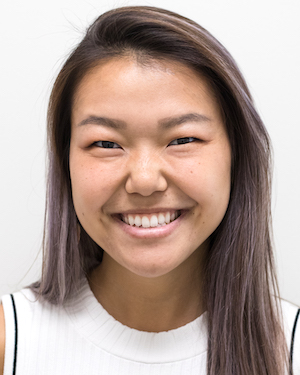
Shoot Your Shot ⟩
September 26, 2019, by Kaho
More often than I would prefer, I find myself setting limitations for what I can do. I’m a pretty logical person and I like to think things through. I’ve always been the type of person to meticulously plan out my life and think WAY into the future. I first decide on a goal that I want to achieve and then work my way backwards to figure out the steps that I need to take in order to achieve that goal. During this process, I always run into a roadblock. I suddenly realize that a certain step is unattainable (or at least I think it is). I begin to overthink and stress out. I convince myself that my goal is impossible to achieve. It’s over, I must give up. It wasn’t meant to be. At times like this, it helps me to verbalize my dilemma and talk it over with a person I trust. He/she pulls me out of my dramatic act and knocks some light into my tunnel vision filled with darkness. I realize that there are alternative paths that I can take that goes around the obstacle. In other cases, I’m given the courage and determination to continue down the path that I had initially planned to take and deal with the obstacle once I run into it. In past experiences, I was provided with tools to overcome the impediment right before running into it or the obstacle turned out to be much smaller than I had anticipated. As cliché as this may sound, everything really does work out in the end.
I’m sharing this with you today because I experienced another self-limiting episode very recently. The application deadline for the OTD is fast-approaching and it feels like there is a huge cloud of anxiety and uncertainty hovering over the heads of second year students. Every corner I turn and every door I open, I hear students discussing whether they want to pursue the OTD or not and where they may want to do their residency. It seems as though I can’t even use the restroom in peace. My ears are hypersensitive to this topic because I am also uncertain about what I want to do and where I want to go. Once again, I see a goal for myself, but I also saw a roadblock in my way that’s telling me to not even try because I’m unqualified or I don’t have the means. I expressed my concern with a friend and she looked at me, very confused.
“Wait . . . what? So you want something really badly, but what are you going to do to get it? Nothing. That makes no sense.”
Worded simply and bluntly like that, I realized how irrational I was being. I was telling myself that I should give up before even trying. There’s really no way of knowing whether I qualify or not until I try. If I don’t apply, then there definitely is zero chance. There have been numerous times throughout my life where situations that seemed impossible somehow turned out possible, and yet I still haven’t learned, apparently. 🙄
The moral of this story is to first, find a friend, significant other, family member, mentor, or anyone that will honestly and bluntly tell you when you’re not making sense. Find someone that will validate your feelings, but will also remove your horse blinders and contribute a fresh new perspective to your situation. More importantly, however, shoot your shot. You never know if you’ll make it without trying and the worst that can happen is you miss, right? And in that case, just pick up the ball and shoot again.
⋯





